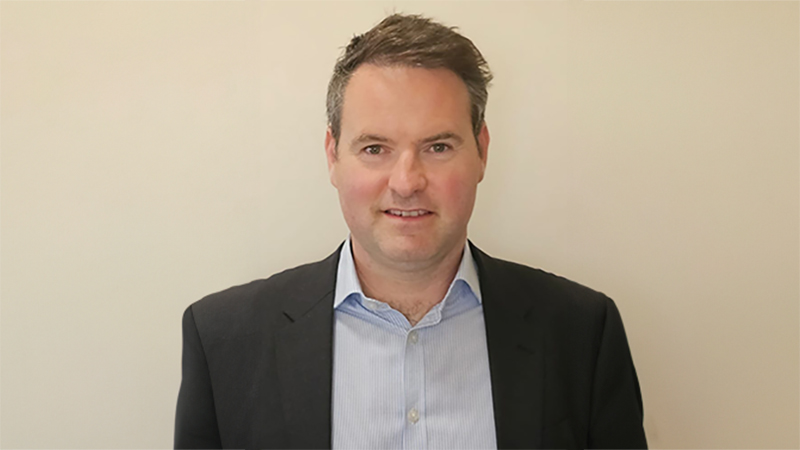The water is getting very muddied indeed.
Top-end financial advisers (sorry, 'planners') now want to call themselves wealth managers – whether this is to distance themselves emotionally from the ill-defined world of IFA (not my view, rather that enforced by the regulator) or in order for them to justify only servicing a richer, more profitable client base – depends on the firm.
Traditional DFMs, or 'true' wealth managers, recognising through the RDR their influence as fund selectors have begun connecting to those equally 'true' IFAs seeking an easily justified, outsourced, centralised investment proposition. All fine.
Comparisons are difficult
However, at an average 2% for portfolio management services, is that good value for money?
All DFMs I've spoken to will immediately quash the fears of the IFA over the accusation they might try and nick their clients – 'they don't sit on my side of the desk, they sit on yours', they argue.
But the second fear, or concern rather, is over value. How many DFM propositions look very different from the next? I've heard tales of portfolio management solutions that are bespoke 'over £5m'. If I have had £4m of investable assets and was parked in an off-the-shelf solution, I'd probably feel quite hard done by.
But is there a trend emerging with one 'outsourced' solution gaining favour over another? Multi-manager, multi-asset or outsourced DFM solutions – is there room for them all?
Schroders' head of UK financial institutions and strategic accounts James Rainbow says one kind of outsourcing strategy may well be waning in popularity over another, but his firm is seeing good flows into both strategies, including multi-manager – both via model-based and unitised solutions.
Gary Potter says he and Rob Burdett, co-heads of multi-manager at F&C, were hearing of IFAs switching allegiance from DFM models last year and are returning to outsource to multi-manager.
But while the doubters among you are thinking, 'he would say that, wouldn't he?' he presents a sound case.
“You have to break down the component parts – DFMs include VAT on their fees, multi-managers don't. There is muddied water over who owns the client relationship, the regional offices – all working to a model – will [for liquidity reasons] begin selecting the big, well-known names. But what about when a star manager leaves, like with Neil Woodford recently, and that model needs revisiting. It's not really the same 'model' if another fund is inserted to replace that previous one," he says.
Multi-point rationale
He adds that the rebalancing of model solutions also introduces exceptionally high levels of admin.
"A single rebalancing of an OBSR model I heard of recently left the IFA with 200 pieces of paper,” he recalls.
But there are also tax issues to think about, not the case with unitised products, enabling easier management of redemptions by asset management businesses with MM arms.
GAM is inclined to agree, in part, having set up its DFM proposition early last year.
Matthew Lamb, head of institutional and fund distribution (UK and Middle East) at the group says: "Increasingly, we are finding that advisers have realised that DFMs cannot necessarily answer all their problems.
"Fixed costs can be prohibitive for smaller clients, and the investment implementation clunky, with many only able to rebalance quarterly. It’s always been clear that multi-manager funds are, from an implementation and cost perspective, the most efficient way for the majority of advisers’ clients to access investment solutions – but this option often lacks the reporting and service expected by clients with substantial portfolios."
Investment resource vs holistic service
However, he explains that while many asset managers can compete in terms of investment proposition, they are unable to offer the holistic services that DFMs can.
This includes full reporting, automatic ISA top-ups and access via appropriate tax wrappers, he says.
Bill Vasilieff, CEO at Novia, which works in partnership with a number of DFMs, says – unsurprisingly – that his platform shows no signs of that appetite waning.
"Most [other] platforms don’t and can’t easily work with DFMs so they promote the simpler and, in my opinion, inferior multi-manager solution, often weighted heavily with ‘home’ funds and are often very expensive."
Neil Stevens, joint MD at SimplyBiz, runs a range of strategies including a discretionary platform, currently comprising James Hambro & Partners, Henderson Rowe, TCF Investments and Smith & Williamson, which each brings a slightly different strategy.
He says they also offer multi-asset OEICs and multi-fund (or multi-manager) OEICs, but said not only within a segment of a client base are advisers using a blend of portfolio construction solutions but even for an individual client, they might use multiple DFMs, for instance.
Is the nuance more about who's providing the models? DFMs, or indeed ratings agencies, which are increasingly entering the battlefield.
Rainbow adds: "There may be trends emerging within that debate.”
Richard Whitehead, CEO at DFM Dart Capital, says positive business flows are stronger than they have ever been.
"We do use multi-asset funds for very small portfolios. I think a wide choice of offerings in our market is really important so that advisers and clients can pick a service or fund that suits them best.
"Many of our clients enjoy the very personal interaction with our business so the DFM route works well for them."
Is there a tipping point? Will specialists or all-things-to-all-people offerings, like the recent merger of Bestinvest and Tilney, win? We want to hear what you think.











